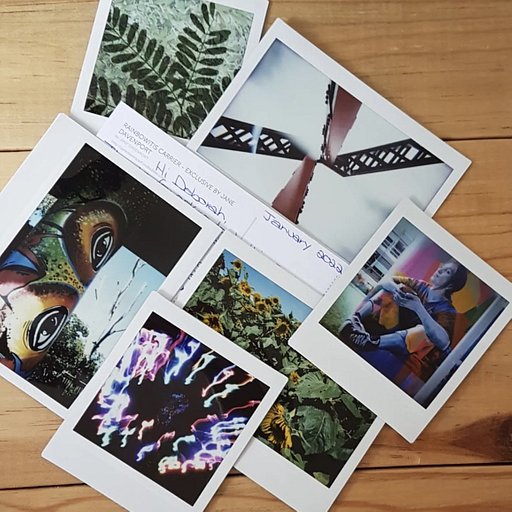Film & Instant Photography Tips for Winter
1 22 Share TweetJust like the human body, the camera experiences extreme changes during the snow. For one, the power-levels are weaker, and then there's condensation being one of the camera's winter illnesses. Here are a few reminders from us for your analogue endeavours.
On Photographing Snow
While we're not against using slide films when shooting snow, we do prefer colour negative so as not to lose those small, minute details due to extreme contrast (if you're set on using one, do try so with a polarizer). With colour negative, just make sure you set it 2-3 stops over what the meter suggests. Your success is more likely during cloudy winter days than with sunny days. If you're shooting black and white, do try to play along with colour filters (we suggest yellow to perhaps tone to offset and/or amplify some grey tones). Whatever tipster you follow, only one thing is for certain: manual metering is your best bet for shooting the snow.
If you're working with instant photography on shooting the snow, we recommend going to a darker setting to avoid overexposure. Expect your photographs to look more "dream-like" than the usual. For a more comprehensive tutorial, read our article here.
Equipment Care
This is a pretty easy task to accomplish, but often one of the most overlooked. There's no point in fighting the winter cold, but you can minimize damages through little habits. Wear a mouth mask to avoid fogging up your camera, or bring a micro-wipe at all times for fogging gear. If you're shooting outside, store them in soft coolers to guard them against frosting. Moreover, low temperature means easier drainage of batteries, so make sure you store your batteries at room temperature, keep them in the house.
Lastly, make sure you allow a few moments for your gear (camera, lens, filters, film, etc.) to reach the temperature of the area you're working around. Don't take out a warm camera and immediately start shooting as this will start condensation. Here's a short video on dealing with a foggy lens.
On Shooting with Instant Film
Ahh, here's the tricky one. It's known that most instant films and cameras perform poorly in cold weather, especially dead winter. Instax films fare better with the cold weather than most stocks available. It will require adjustment, however. The normal shooting temperature range for the Instax films is 5°C to 25°C. If you're an area below five degrees, make sure you place the photo inside your pocket immediately after it's been ejected from the camera to keep it warm.
Lastly ... don't forget to keep yourself warm and comfortable, too! What other tipsters have we missed that you'd like to share? Comment them below!
2017-11-20 #tutorials #film-photography #snow-photography




























One Comment